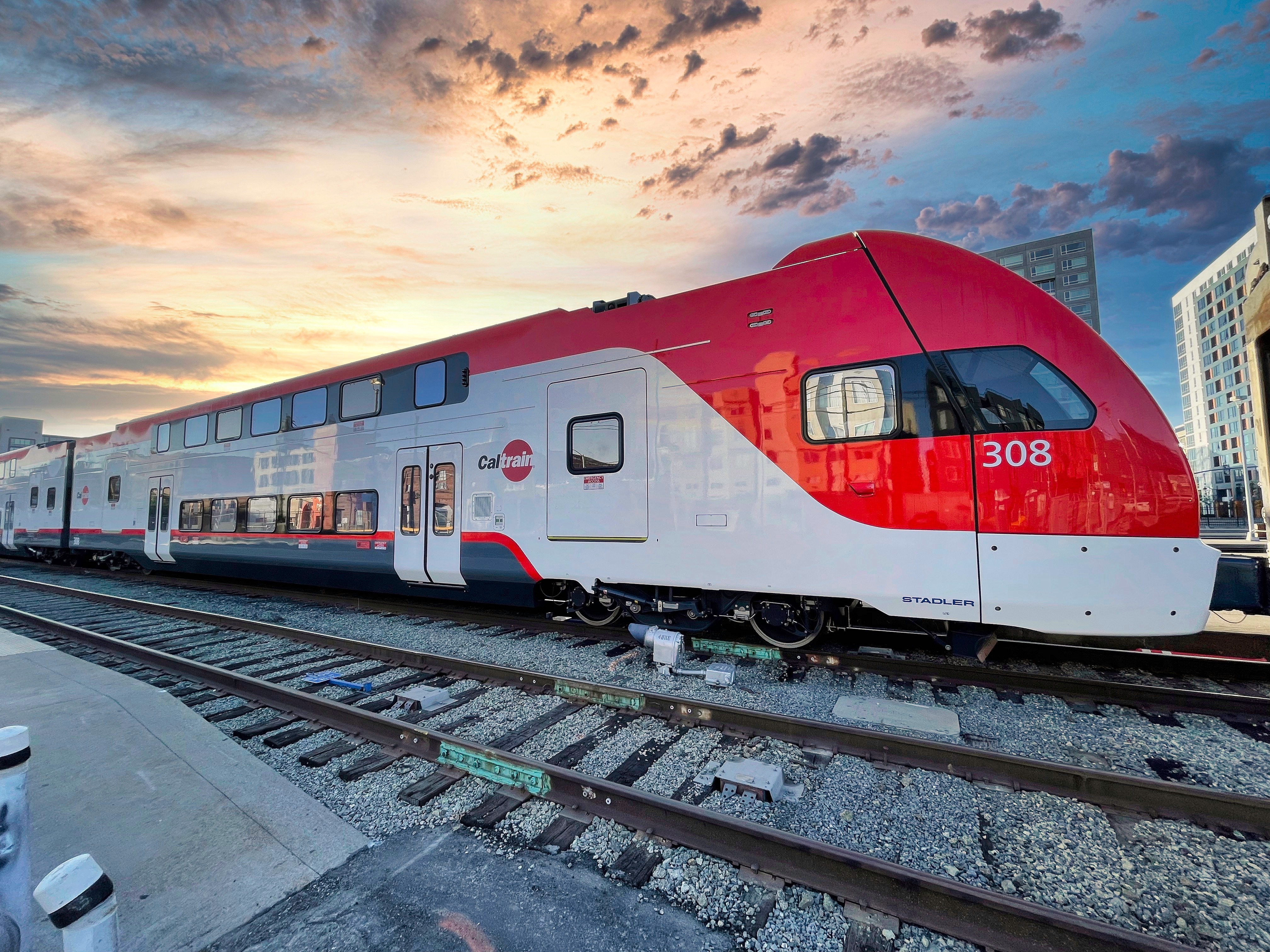Just to become a GO Train operator you need six years of training.
From CityNews:
"Seems simple but it's not, becoming a GO train operator takes about six years of training. (Metrolinx): We hire everyone on as a customer service ambassador, the training for that's about six to eight weeks long. Obviously work as a service ambassador for about a year or two, about a year and a half, after a perfect work record we give everyone the opportunity to move up to become a conductor, that involves another six weeks of in class training and then more on the job training, you do that role for about five years to become an expert of everything going on up here and then we'll take you back off the trains, put you back into class for another six weeks, and then we'll put you on the train to learn all the territory as a throttle trainee, and then after about a year you're a locomotive engineer."
Taken from a news report about Metrolinx hiring. The text is from a video.





